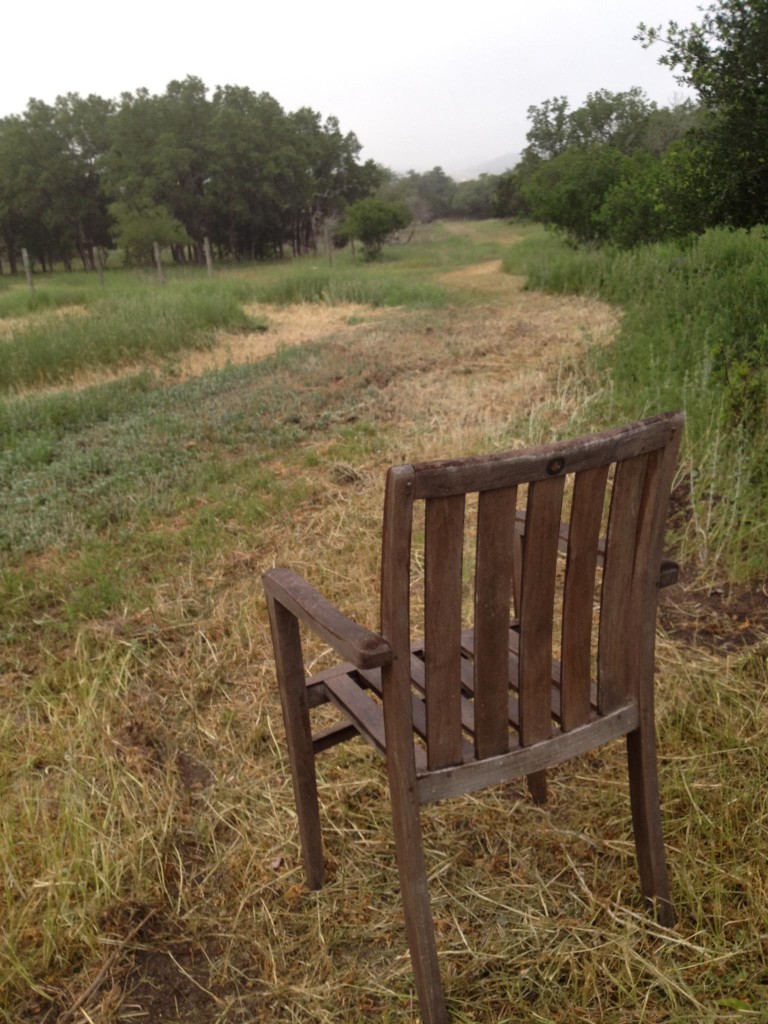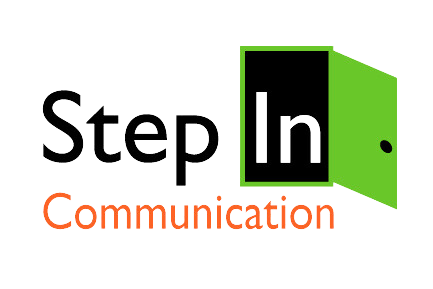
A lot changes when you age. My attention span has really changed in the last five years. While I’m not exactly sure whether it’s physical aging or environmental factors, I have recently begun calling this syndrome “late onset ADHD.” Never in my working life have I had so many things happening at once. Irons in the fire, balls in the air, massive multi-tasking — call it what you want, my work habits are complicated and messy. And it shows no signs of changing any time soon.
With apologies to the many people who live with the real thing, the symptoms of my “late onset ADHD” include:
- Incessantly checking devices
- Moving with breakneck speed to a new project before current project is finished
- Transferring papers from the left to the right side of your desk, so you can check off “clean desk” on your to-do list
- The need to keep at least 6 windows open so you can tab through them quickly while working
Does this sound familiar?
Apparently, I’m not alone. Several researchers are looking at the effects of multi-tasking and multimedia use on our brains. And so far, the news is mixed.
Clay Shirky, in his book Cognitive Surplus, believes that we have more opportunities than every before in our connected world. From his frame of reference, we are using more brain power now than we did when we were passive media consumers, ensconced on the couch, enjoying media which was carefully chosen by us by those who had the power to create media. Shirky believes that our vast amounts of free time combined with the ability to create our own media to solve puzzles and problems; in fact, he believes we’ve got lots of spare brain power in which to do that. Shirky introduces the concept in a 2010 TED Talk in France.
Not everyone is as optimistic as Shirky about how our connected world is changing the way we think.
Guelph University professor Naseem Al-Aidroos is studying the brain’s attentional mechanisms to see how it filters and prioritizes what to pay attention to and what is less important. His findings suggest that task completion was higher when participants were asked to pay attention to certain visual cues. For those of us struggling to pay attention at all, this complicates task completion. Who gets your attention? And for how long?
Last year, CNN did a story about the research of David Levy, who categorizes our massive multi-tasking as a condition called “popcorn brain” — described as a brain constantly stimulated by multitasking that it cannot adapt to routine offline tasks.
So what’s the antidote?
I have discussed the “always on” with many colleagues who are in a similar condition. All are trying to develop strategies that take them back to the real world more frequently, in the hopes of resisting the magnet attraction of their devices. Here’s a few I’m ready to try.
My former SeaWorld colleague Kathleen Mundy lives on a ranch outside San Antonio and walks her property each morning. She posts short, but engaging descriptions of these walks on Facebook. She doesn’t post every single day, but when she does, I always read them. She has a chair in a special spot on her property called the thinking chair. You can see it in the picture above. That’s two great strategies for disconnecting: walking and thinking.
Other colleagues discuss scheduled downtime, turning off devices after or at a certain time so they can focus their energy on something else.
While these may not be perfect solutions, they do create some boundaries to let ideas flourish. I’m going to try all three of these strategies over the summer, as well tackling the IRL (in real life) stack of books next to my desk. What strategies do you use to combat “late onset ADHD”? I would love to hear about them in the comments section here.
